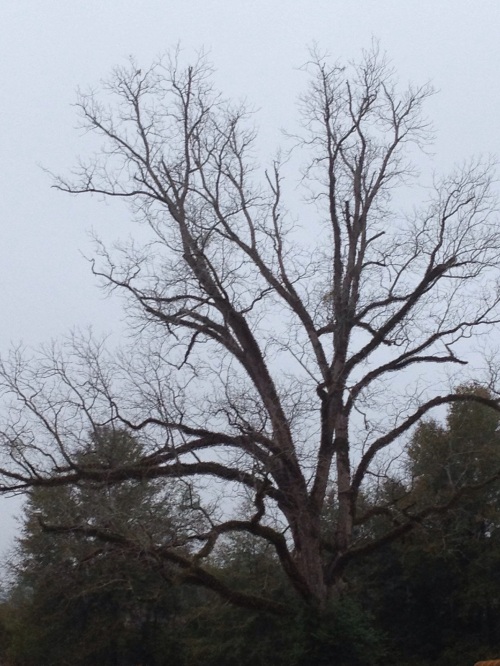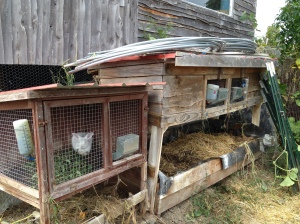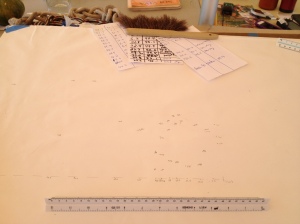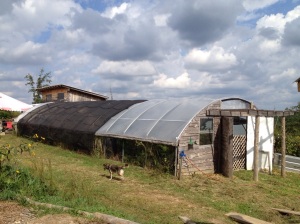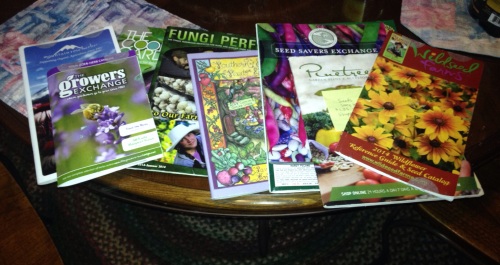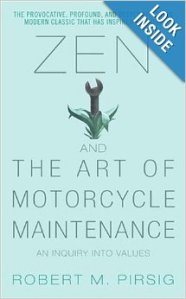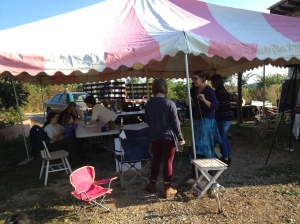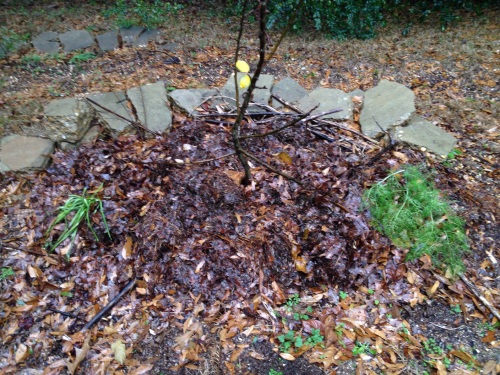My Husband has told me he wants to do “Vegan for Lent” again this year. Lent is the season in the Christian calendar which comes immediately after Mardi Gras ends on Fat Tuesday with Ash Wednesday and lasts 40 days until Easter. It is traditionally a time for Fasting and Prayer. We have found it to be a helpful way of reorienting our eating habits. Giving up meat and dairy has made us mindful of our basically unhealthy eating habits. It also means that we almost cannot eat out as, at least in Alabama, almost all food is based around the meat portion. Even Vegetarian options include some cheese.
I am challenging myself as to why to do this fast… It is a fast of meat and cheese, in researching this, I turned to a favorite book of mine, “Celebration of Discipline” by Richard J Foster, which was first published in 1978, and available in new and used copies (and Kindle) on Amazon.com. Foster discusses fasting in an entire chapter in that book. Daniel and his followers abstained from meat, wine and other delicacies for a period of 3 weeks… Many religions besides Christians engage in fasting. Jesus fasted for 40 days in the wilderness, probably this is the reason Christians honor Lent for 40 days.
Much of the world I have lived in has never even heard of Lent, and will look blankly if you bring up the subject, most people around here have heard of Mardi Gras, so some have also heard of Lent. When I visited my son in New Orleans however, everyone gives up stuff for lent, Agnostic and Jew alike, I guess it is part of the culture of the “Land of Mardi Gras”.
Foster also mentions that most of us cannot imagine giving up food at all– we were raised with the idea that healthy eating requires 3 meals a day and cookies and Kool-Aid after school. I was amazed when I read “City of Joy” by Dominique La Pierre 1992 about a slum in Calcutta… A Polish priest chooses to live there among the poor Indians. He discovers that he can live on a tiny amount of food compared to what most Western people eat. He loses a lot of weight, but in the end is not unhealthy. We do not need nearly as much protein as our culture advises, and certainly not animal protein.
I myself am not opposed to the humane slaughter of animals. But much of what we do to create hamburgers and chicken fingers is not humane or healthy… It is cruel to both animal and human-those who are slaughtered and those who do the slaughtering. And the end result should not be eaten. Yet I still eat out and occasionally buy meat to cook at home. But I am definitely thinking about this choice.
One of the classes offered at the Permaculture Design Course was about the humane slaughter of animals to eat. I chose to participate. We killed some chickens which we later ate. We learned how to hold the chicken and slit their throats in a humane way. We put them in a tube with their heads down so they would not flop around. Then we removed the feathers and removed the internal organs. I wanted to know if I could do it. The experience definitely added another level of thoughtfulness about what I choose to eat.
So when I give up meat and cheese for Lent, I do it with the thoughtfulness of a fast. I need to think about what I eat. Is it good for me? Is it good for the planet? Is it good for my fellow humans? I think we could grow food much more humanely than we are currently doing it, and what would Jesus say about how it is done…I suspect he would have a lot more to say than whether our business was open on Sunday or not.
Finally, I choose to do what I do not to be prideful about being “holier” than the next person, but with humility and prayer, to build a stronger connection to God.

